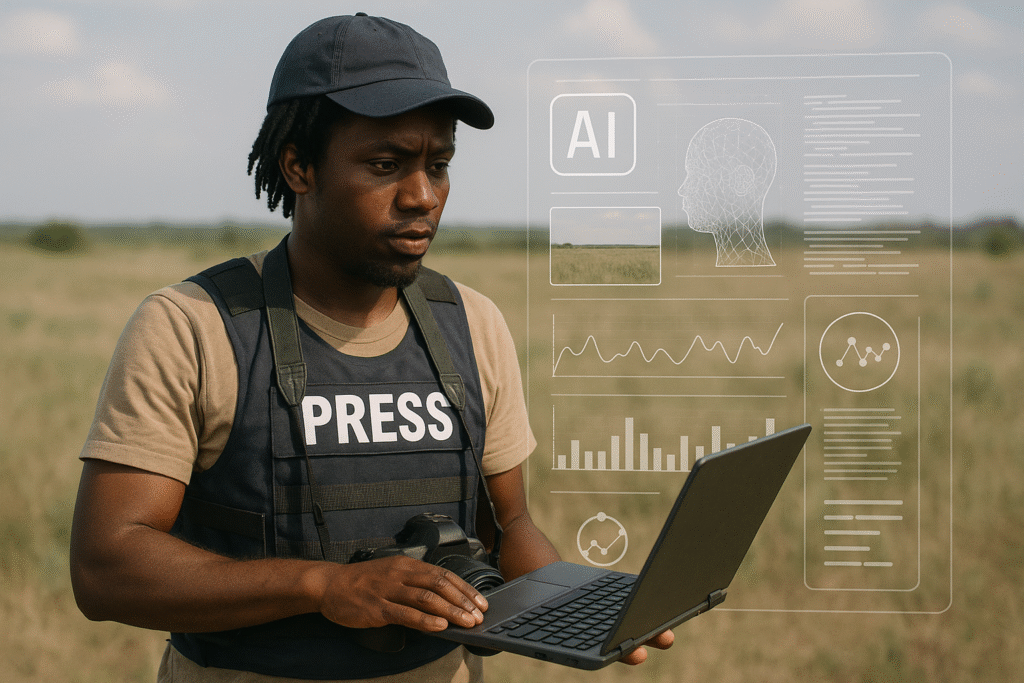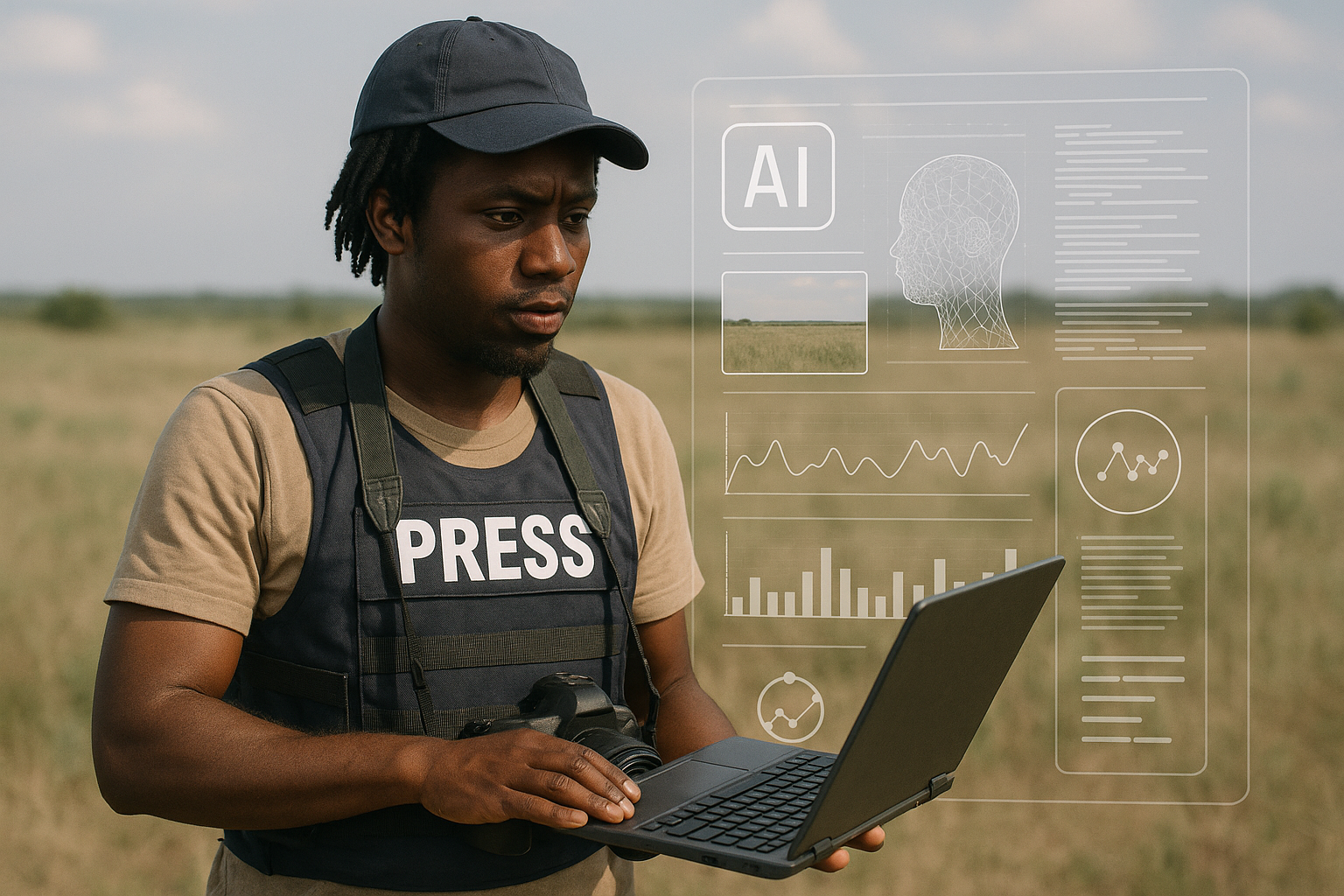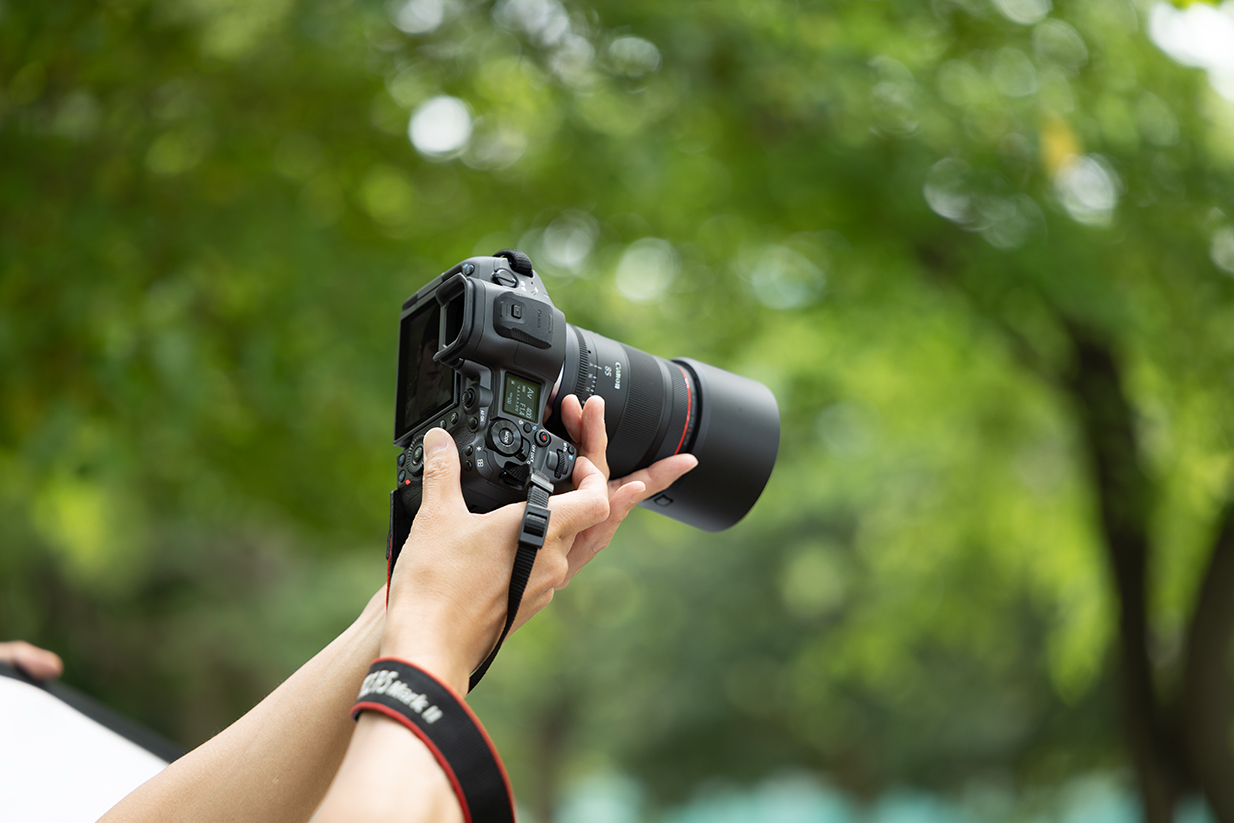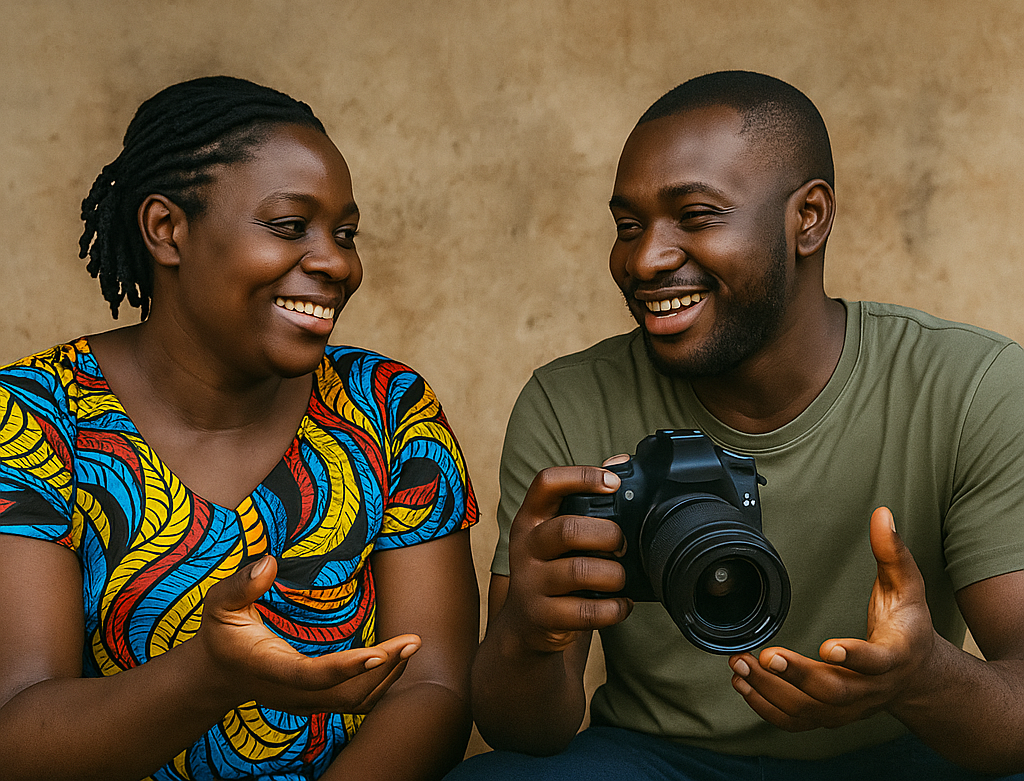By Etienne Mainimo Mengnjo
Artificial intelligence is revolutionizing the field of photojournalism, significantly streamlining workflows and enhancing the efficiency of newsrooms.

However, this rapid integration also raises important concerns regarding trust and authenticity in visual media. While AI offers tools that can improve productivity, it poses risks that, if not addressed, could undermine the credibility of the industry.
AI-driven software is transforming various aspects of photojournalism, accelerating tasks such as image editing, caption creation, and subject identification. This enables journalists to process vast amounts of visual data quickly and effectively.
Additionally, AI tools bolster the verification of authenticity by detecting manipulated images and improving metadata tagging for better archiving and discoverability. For smaller newsrooms, AI democratizes access to advanced tools, leveling the playing field and allowing them to compete more effectively with larger organizations.
Yet, the rise of AI in photojournalism brings significant challenges that cannot be overlooked. The proliferation of deepfakes and subtle manipulations threatens to erode public confidence in images as reliable sources of truth.
Ethical dilemmas abound, from potential biases embedded in AI algorithms to complex copyright disputes over AI-generated or enhanced content. Furthermore, job displacement looms large as automation takes over routine tasks, raising critical questions about the future role of human photojournalists.
While accessibility has improved in some respects, the risk remains that costly AI tools could exacerbate inequalities if underfunded outlets are unable to afford them.
To navigate this evolving landscape, industry leaders emphasize the need for proactive measures. Establishing clear ethical guidelines for the use of AI is paramount, as is investing in robust verification tools to combat misinformation.
Promoting media literacy among audiences and fostering collaboration between technologists and journalists will help ensure that AI serves the public good while maintaining journalistic integrity.
The path forward hinges on balancing innovation with accountability. If harnessed responsibly, AI could elevate photojournalism, preserving its core principles of accuracy and trust while unlocking new creative possibilities.
However, without vigilance and proactive oversight, the same technology risks unraveling the credibility that defines the craft, potentially leading to a future where images are no longer viewed as trustworthy representations of reality.


